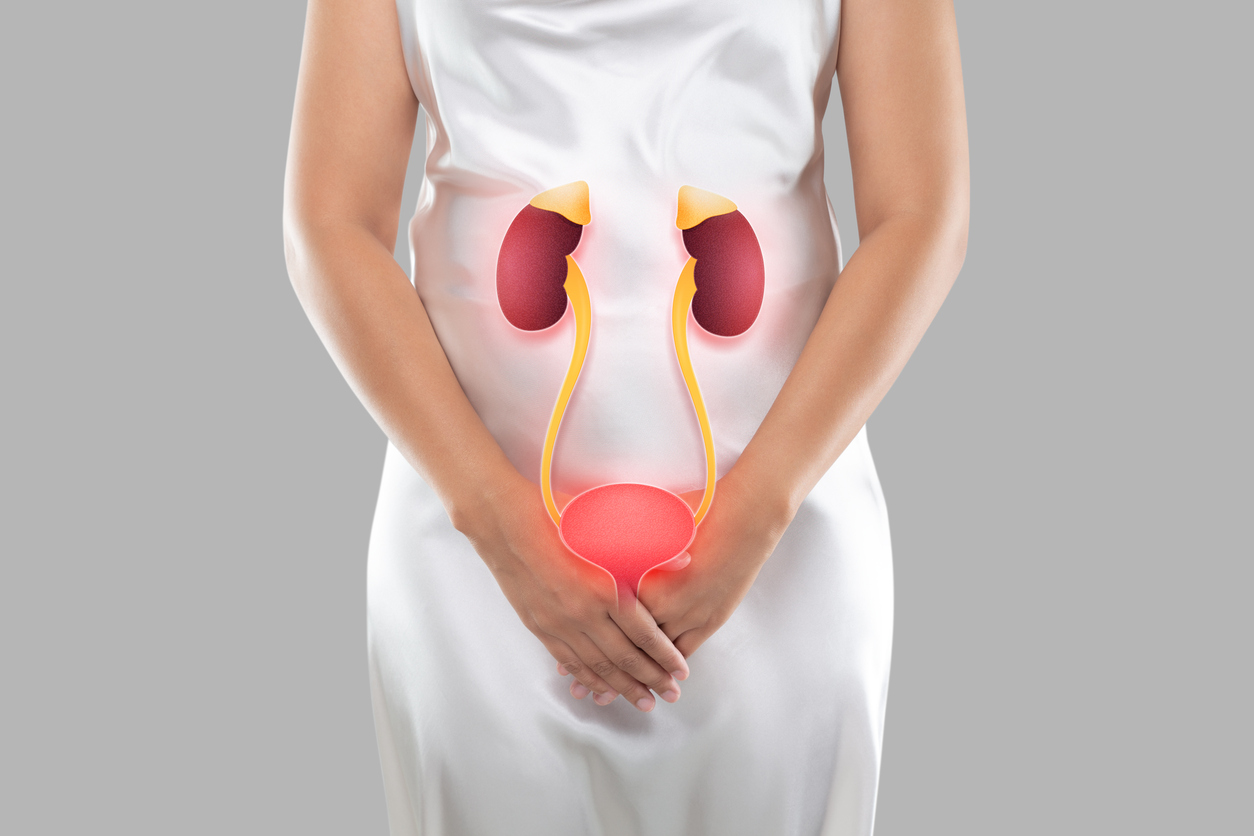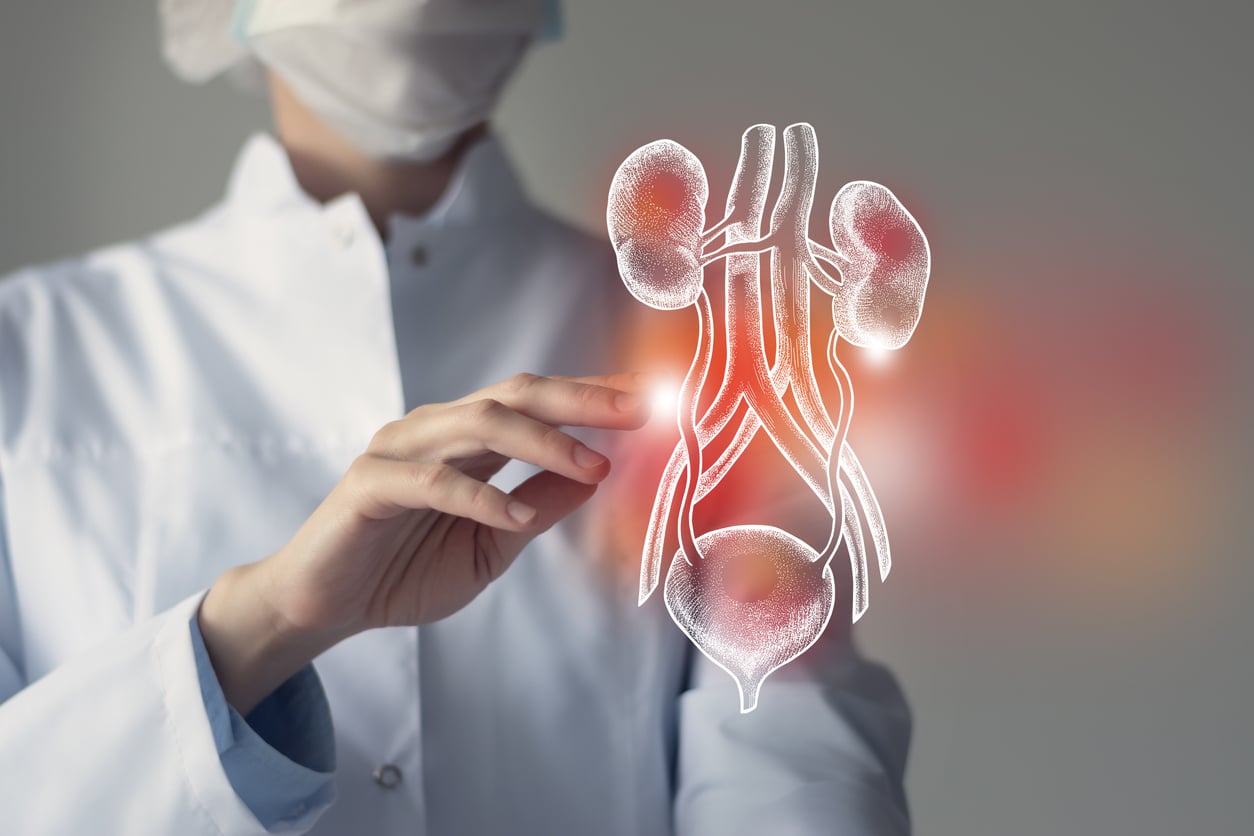
Understanding Bladder Endometriosis and Its Treatment
Bladder endometriosis is a medical condition that affects a significant number of women worldwide. It involves the growth of endometrial-like tissue on or in the
Bladder endometriosis is an uncommon but potentially debilitating form of deep infiltrating endometriosis (DIE) in which endometrial-like tissue grows on or within the bladder wall. Affecting an estimated 1–2% of people with endometriosis, this condition falls under the broader category of urinary tract endometriosis, which may also involve the ureters and kidneys. Though uncommon, bladder endometriosis can cause significant urinary, pelvic, and reproductive complications if left untreated. Early diagnosis and specialized treatment are key to managing symptoms and preserving bladder function and fertility.
Endometriosis is a chronic inflammatory disease where tissue similar to the endometrium (the inner lining of the uterus) is found outside the uterus. These misplaced cells respond to hormonal changes during the menstrual cycle, leading to inflammation, internal bleeding, and the development of scar tissue and adhesions. When this tissue infiltrates the bladder—either on the surface (peritoneal) or deep into the bladder wall—it can result in a range of urological symptoms that may significantly impair quality of life.
The symptoms of bladder endometriosis can be confusing, as they often mimic common urinary tract conditions like interstitial cystitis or recurrent urinary tract infections (UTIs). Many patients are misdiagnosed for years before receiving a correct diagnosis. The hallmark feature of bladder endometriosis is that symptoms tend to worsen during menstruation, though they may also persist throughout the cycle.
Common symptoms include:
In severe cases, bladder endometriosis can lead to reduced bladder capacity, urinary retention, or obstructive uropathy if nearby ureters are also involved.
Diagnosing bladder endometriosis requires a careful evaluation by a specialist familiar with the condition. Because symptoms overlap with other urinary disorders, patients may need several tests to rule out infections or structural abnormalities.
Diagnostic tools include:
Treatment for bladder endometriosis depends on the severity of symptoms, lesion depth, and the patient’s reproductive goals. The two main treatment paths are medical therapy and surgical intervention.
Multidisciplinary care involving a gynecologist and urologist ensures optimal outcomes, especially when the bladder and nearby organs are involved.

Bladder endometriosis is a medical condition that affects a significant number of women worldwide. It involves the growth of endometrial-like tissue on or in the

Endometriosis, a medical condition that affects many women worldwide, is often associated with the reproductive system. However, this disorder can manifest in other regions of

Introduction Chronic pelvic pain (CPP) is a health condition that burdens millions of women worldwide. The complexity of diagnosing and treating CPP is often overwhelming